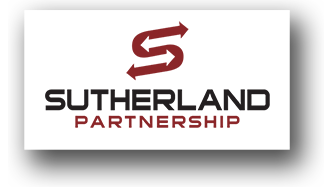In a paper written by John Kania and Mark Kramer and published by The Stanford Social Innovation Review in Winter 2011, they posit that “large-scale social change requires broad cross-sector coordination, yet the social sector remains focused on the isolated intervention of individual organizations.” Kania and Kramer define “collective impact” as the collaboration of disparate groups using a common agenda to solve a specific social problem.
Let’s take the community of people helping veterans and examine it from the perspective of Kania and Kramer. They first break down four types of collaborations that currently exist.
- Funder collaboratives: These efforts occur when a group of funders who support the same issue pool their resources. The challenge here is motivating the check writer to move beyond funding and into engagement.
- Public-private partnerships: These have the imprimatur of the government and private sector organizations but are typically narrow in scope (i.e., helping vets process their VA disability claims).
- Multi-stakeholder initiatives: These are voluntary activities focusing around a common theme without any shared measurement or support infrastructure (i.e., holding a one-time-only job fair).
- Social sector networks: These efforts are built on relationships and ad hoc collaboration and while successful due to the power of the networked individual, generally wind up being short-term propositions when the initial interest wears off.
The fifth type of collaboration, a collective impact initiative, combines the best of the above with a long-term vision and commitment. It’s the reason that I founded Dixon Center, which I like to think of being a catalyst for collective impact initiatives. Our goal is to connect the dots locally between the thousands of organizations in order to coordinate, collaborate and consolidate to best enable the brave men and women who have served our country, and now share a community. We want to bring together the doers (#2 and #3) with those who have the networks to motivate, inspire and fund (#1 and #4).
We need these organizations to consolidate their efforts – and by consolidate, I don’t mean that three organizations become one but rather, that three organizations figure out how to collapse their efforts into a mutually reinforcing and shared system. As an independent backbone organization, the Dixon Center is bringing the local parties together and providing the best advice and support so that all conditions for success can and will be met. We strive to assist organizations that want to create systems to find the veterans and their families, focus on their needs in a holistic approach of education, employment, and access to health – and to do this all locally in their communities.
Look for me to discuss those five conditions in a future post, but for now I will leave you with the following question: What type of organization or volunteer are you? And what can you to do shift your view to collective impact?

